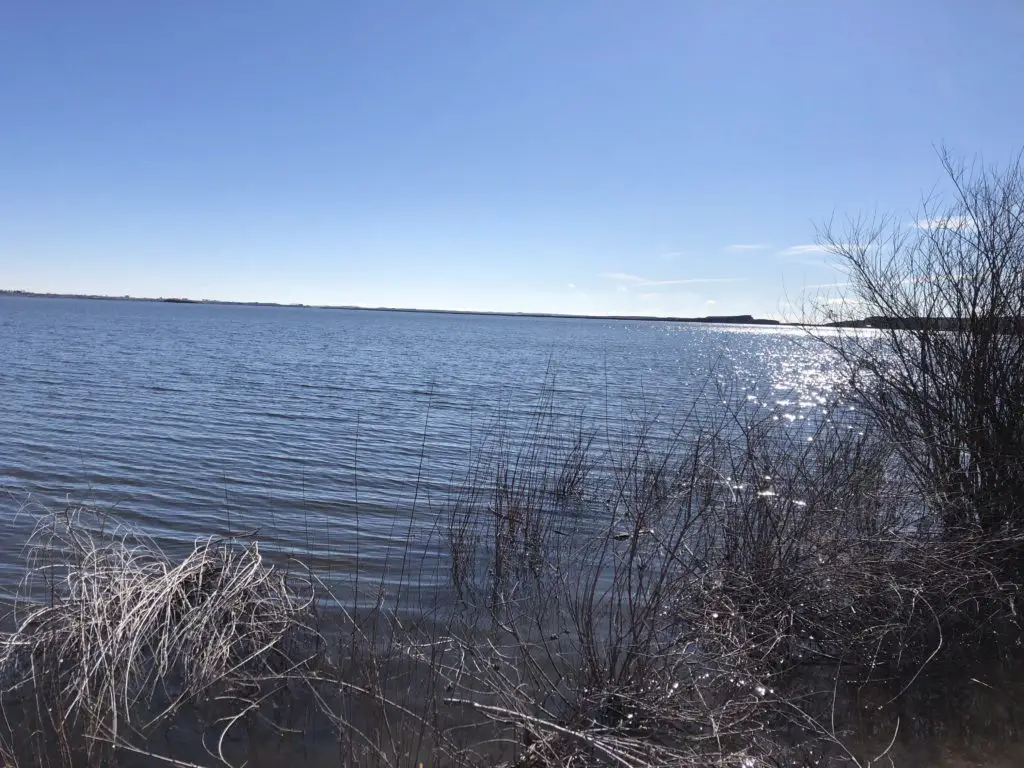
If you are looking to get away from the gray skies of Western Washington and soak up some vitamin D, you can certainly choose worse than Potholes State Park in Grant County just over the Cascades in Central Washington.
Campsite Review

We were camping with our 30′ travel trailer, so we will only cover a review of the full hookup sites, but the other sites looked great as well, from our multiple walks around the area.
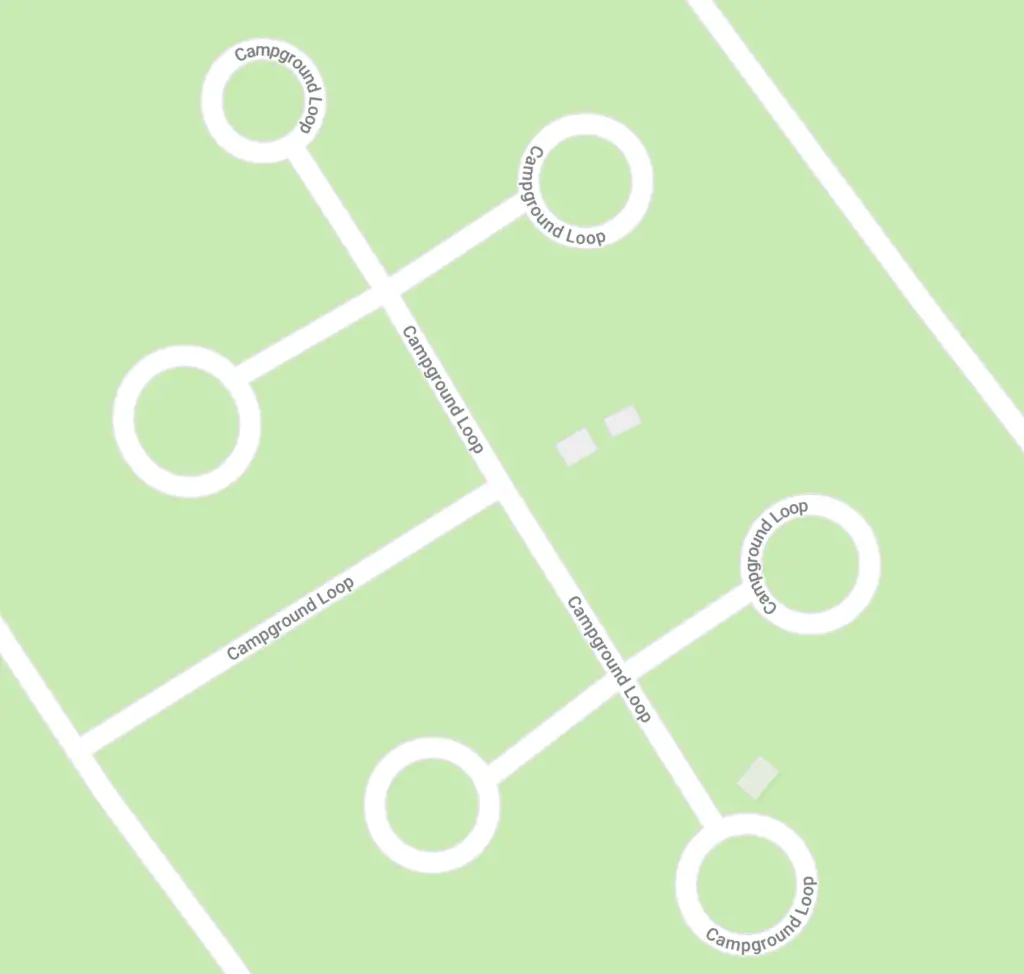
The full hookup sites are arranged on 6 different loops per the above map. They are all basically equivalent with minimum privacy in the form of trees/shade between sites, but plenty of space between sites.
The hookups themselves were in great working order, no issues or concerns there. Surprisingly, the campsite was equipped with free Wifi. I’m not used to that amenity for a State Park, but it ended up being a nice convenience.
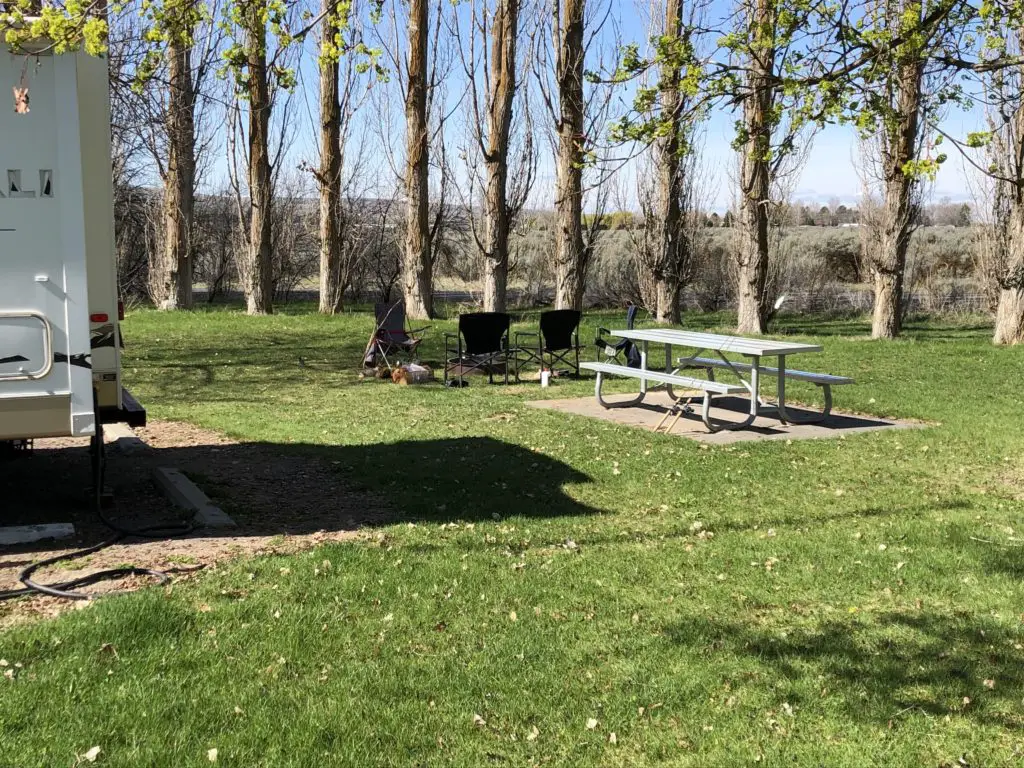
As you can see from the above photo, there’s plenty of room at the back of the pad, behind my trailer. Those trees hadn’t yet bloomed, but in another month, that would provide some privacy from the road behind the campsite.
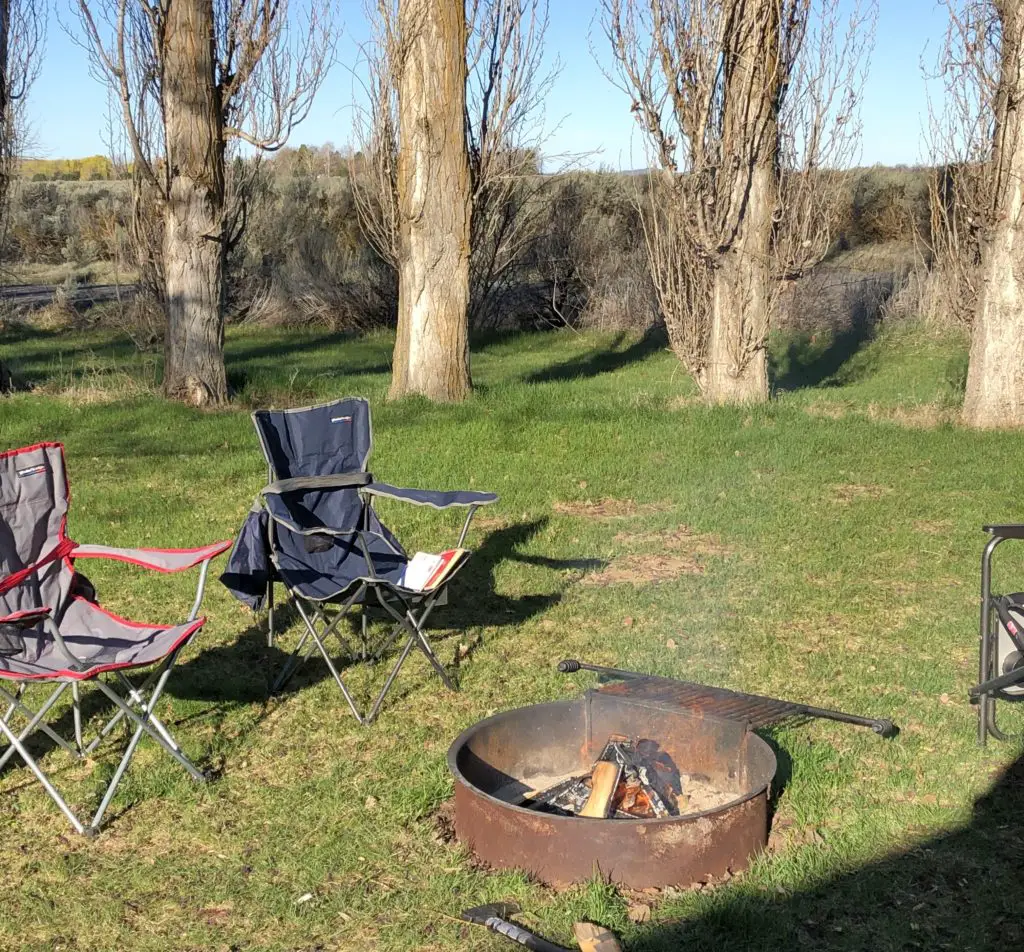
The fire grate and fire pit were perfect for cooking, staying warm or roasting s’mores. We were there for 3 nights and almost every meal was cooked over the campfire.
Area Review
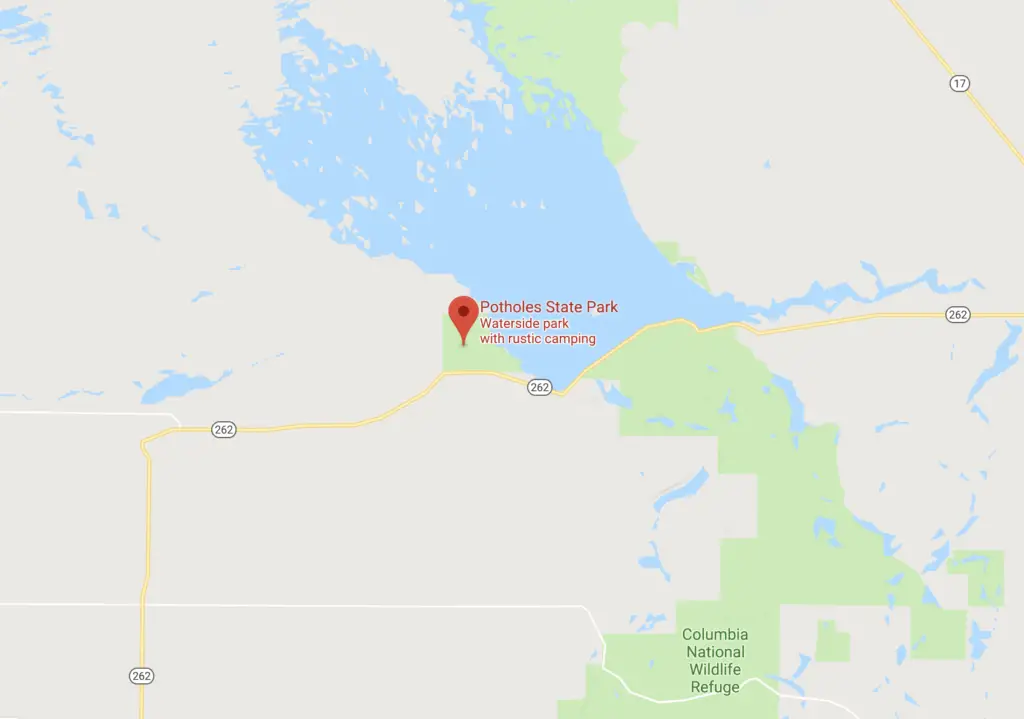
We brought only our trailer and didn’t bother with the boat. And while there are some outstanding boating opportunities around Potholes, including potential boat rentals in the area, we focussed on non-boating activities.
The primary recreation area that’s a must-see is the Columbia National Wildlife Refuge (CNWR) which is SE of Potholes State Park and only a few miles away.
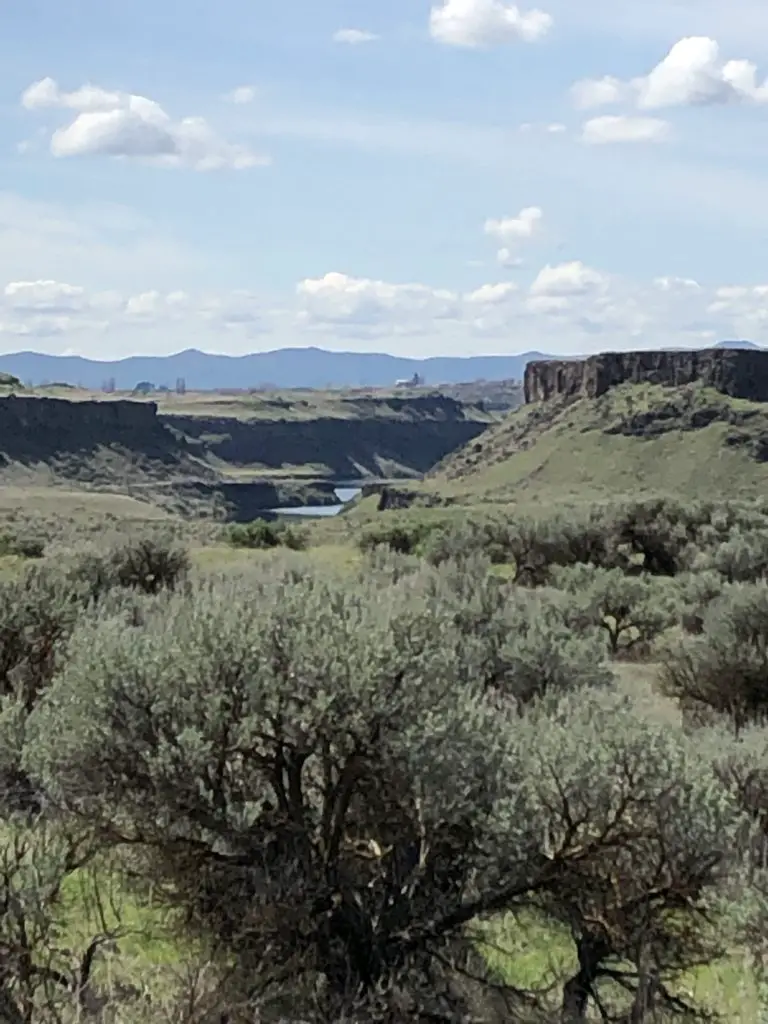
The defining characteristics of the area are lots of man-made irrigation canals along with picturesque terrain that were clearly historical natural river channels of the Columbia River marked by canyon walls and deep trenches hewn into the surrounding hills.
These irrigational canals led to the creation of the so-called “Seep Lakes” which dot the CNWR. Many of the Seep Lakes have been planted with fish, but also much of the Columbia River indigenous fish species have made their way through the canals into these lakes. You can pick up a map of the Seep Lakes at Mardon’s Resort a few miles east of Potholes State Park. The map will tell you a bit about each lake.
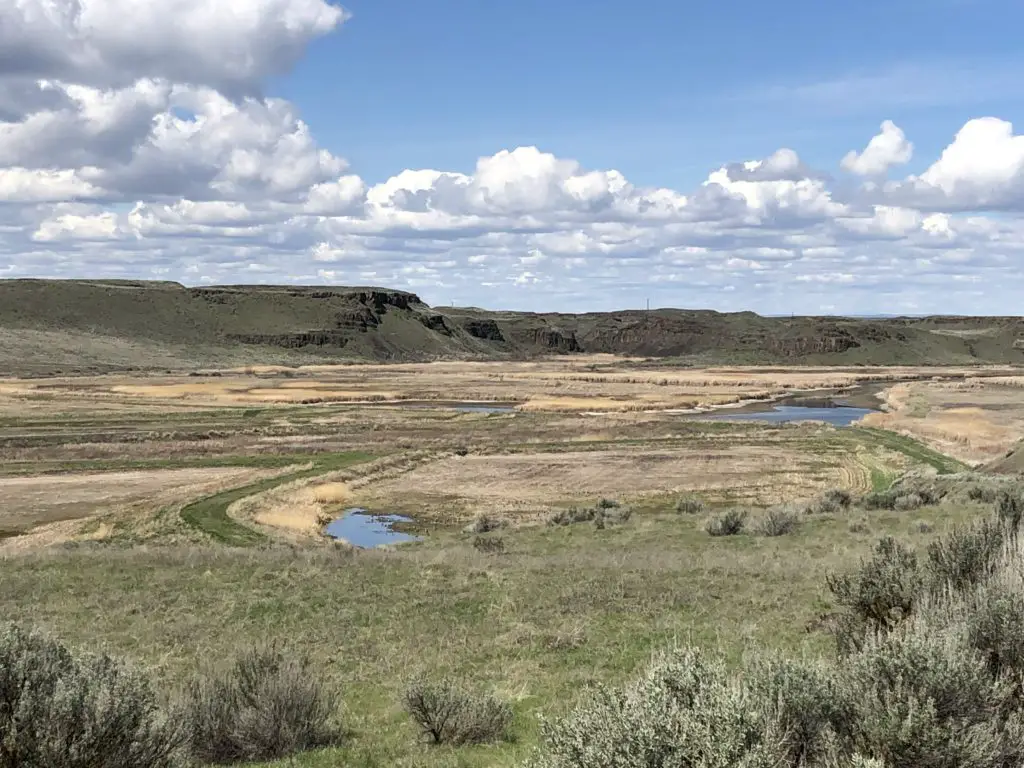
We did a bit of fishing at Soda Lake and a few others, but for the most part they seemed dead. We saw no fish rising or any activity to suggest that there were fish in any of the lakes we fished.
We ran into a local at Soda Lake who mentioned that the Seep Lakes have been dead for multiple years. There were other locals who were fishing them for catfish or bass though. We didn’t have a tremendous amount of patience as we were kind of moving through the area (fishing not being the main agenda), so we just soaked some power bait at a few and moved on.
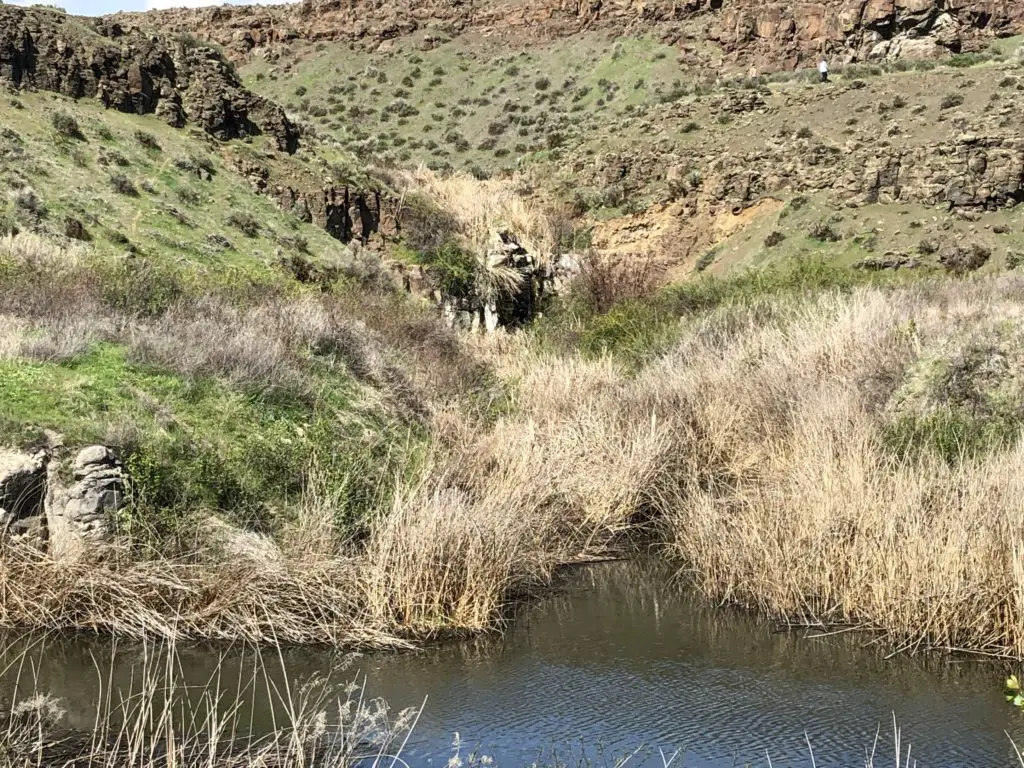
We did end up hiking crab creek as a nice short and mostly flat hike to get more immersed in the CNWR. The hike was only 2.6 miles round trip with an easy to find trailhead.
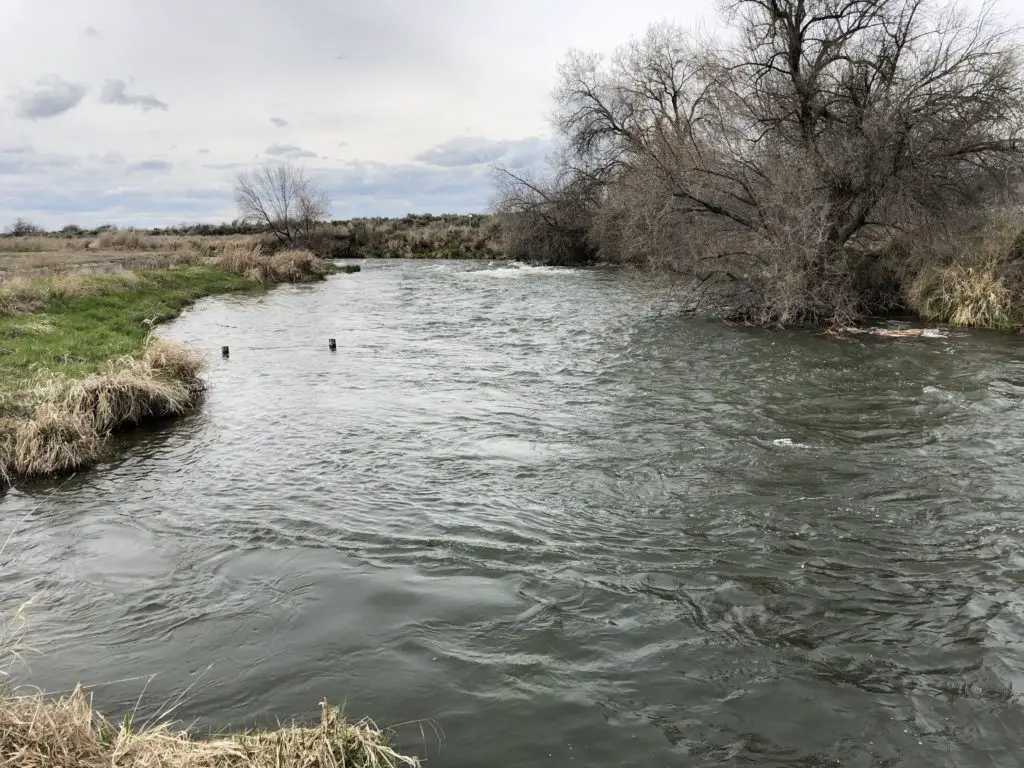
Another fishing option is the Frenchman hills wasteway and lakes to the west of Potholes. You can access the wasteway via a short walk from the campground itself. You will see signs for the Frenchman Hills trailhead in the NW corner of the park, and then you can make a right from the trailhead to fish the wasteway where it dumps into the lake.

We caught our one trout soaking some power bait in an eddy off the wasteway (really a man-made river/canal). The meat was a nice dark orange, indicating this fish dined on some good stuff.
Who doesn’t love trout and eggs cooked over a campfire!?
While the hiking was nice, the fishing was ok, and the blue skies and sunshine were outstanding, another major draw to camping at Potholes State Park in April is the wildlife. We saw quite a variety of wildlife especially birds at Potholes, driving around the area or the CNWR.
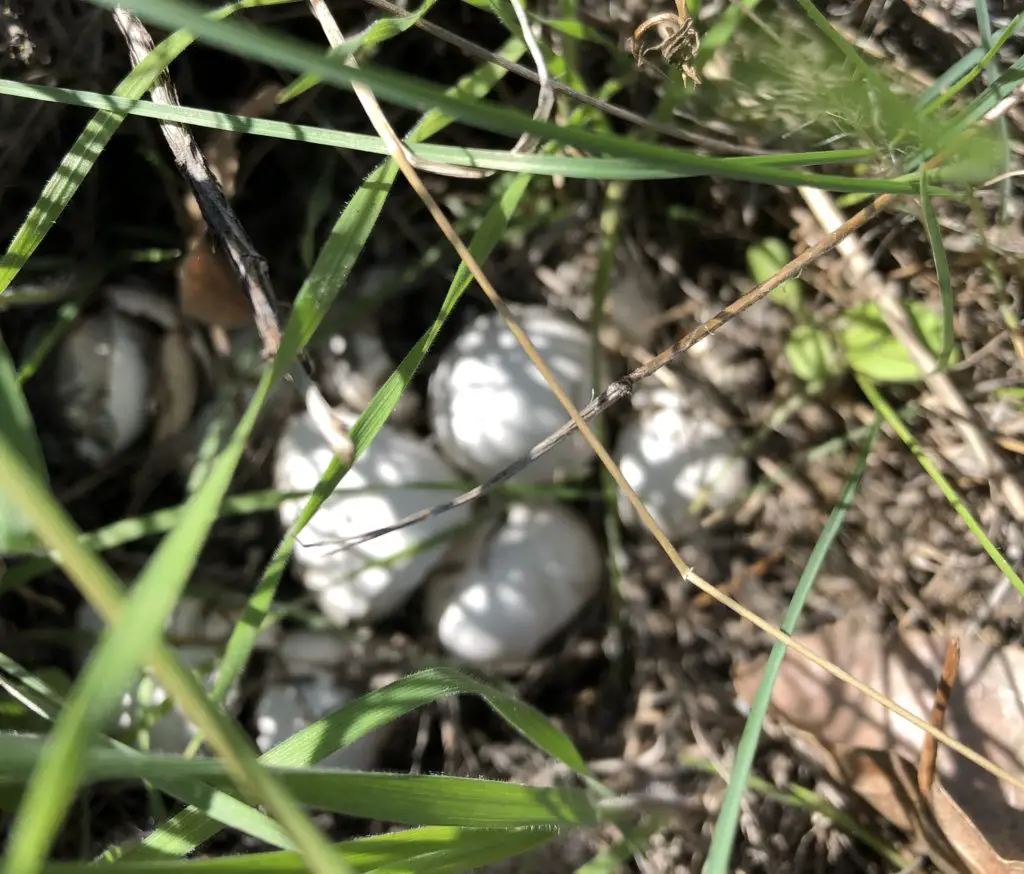
We found these previously hatched eggs beneath a sage bush about 20 yards from our campsite. Rattlesnake? The area is known for a lot of snakes, especially from May on. Another reason to be here in April!
We saw these birds (and probably others): Hairy Woodpecker, Downy Woodpecker, American Coot, Brewer’s Blackbird, Killdeer, Magpie, Sandhill Crane, Redwing Blackbird, Anna’s Hummingbird, Great Blue Heron, Mallard Duck and the Ferruginous Hawk.
We also saw Mule deer and a Muskrat and around the campfire, we heard lots of coyotes howling at night.
Overall, a great first camping trip of the season, and one we we would definitely consider repeating next year around April timeframe.